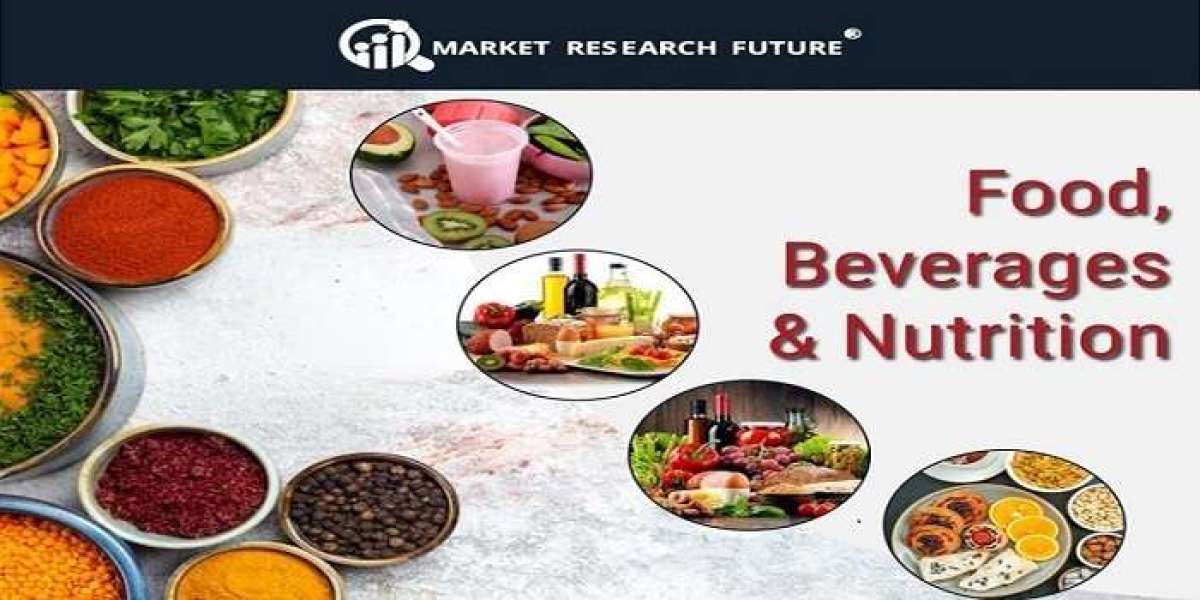One of the most transformative forces in the used cooking oil (UCO) market is biodiesel demand. As nations worldwide accelerate decarbonization goals, UCO has emerged as a critical low-carbon feedstock.
The MRFR report forecasts the UCO market will grow from USD 9.91 billion in 2024 to USD 19.41 billion by 2035, at a CAGR of 6.30%. Biodiesel is a leading application segment, reflecting how integral this fuel form is to the sector’s expansion.
Why UCO to Biodiesel Makes Sense
Lower Cost Feedstock
Compared to virgin vegetable oils, UCO often carries lower cost after collection and purification, improving biodiesel margins.Carbon Emission Benefits
Recycling waste oil into biodiesel helps reduce greenhouse gas emissions versus fossil fuels.Policy & Regulatory Support
Many countries mandate biodiesel blending or offer subsidies and tax incentives, generating stable demand for feedstock like UCO.Circular Economy & Renewable Goals
Using waste materials in energy production closes resource loops and appeals to ESG-conscious market players.
Market Trends & Dynamics
Dominant Application
In the MRFR segmentation, biodiesel is the largest application for UCO.Feedstock Supply Pressure
As biodiesel demand grows, competition for UCO will intensify; securing reliable feedstock becomes critical.Regional Disparities
Developed markets (Europe, North America) often lead in biodiesel mandates and infrastructure; developing markets have untapped potential but face collection challenges.
Challenges in the UCO-to-Biodiesel Path
Feedstock Variability
UCO quality varies in free fatty acids, moisture, and contaminants, affecting conversion efficiency.High Upfront Capex
Establishing refining, transesterification, and quality control systems demands capital.Regulatory Risk
Changes in incentives, blending mandates, or subsidy frameworks can shift profitability.Competition & Supply Constraints
As more players compete for UCO, supply scarcity or higher procurement costs may emerge.
Strategic Actions
Secure Long-Term Supply Agreements
Engage with restaurant chains, catering groups, or municipal waste systems to secure consistent UCO volumes.Invest in Pretreatment & Quality Control
Deploy robust purification, filtering, and de-acidification systems to handle variable UCO feedstock.Flexible Processing Capability
Design facilities able to handle mixed feedstocks (blends, multiple oil types) to buffer risk.Utilize Policy Instruments
Track and optimize use of carbon credits, subsidies, and renewable energy mandates.Differentiate with “Green Fuel” Branding
Highlight that your biodiesel is made from recycled waste oil — appealing to sustainability-minded customers.
Outlook
Biodiesel demand remains the central pillar of growth for the UCO market. As decarbonization efforts intensify, feedstock scarcity and competition will rise. Success will go to those who secure efficient supply chains, maintain strong quality standards, and can flex into derivative uses when necessary. The window to scale in this domain is open — but speed, innovation, and resilience will matter.








